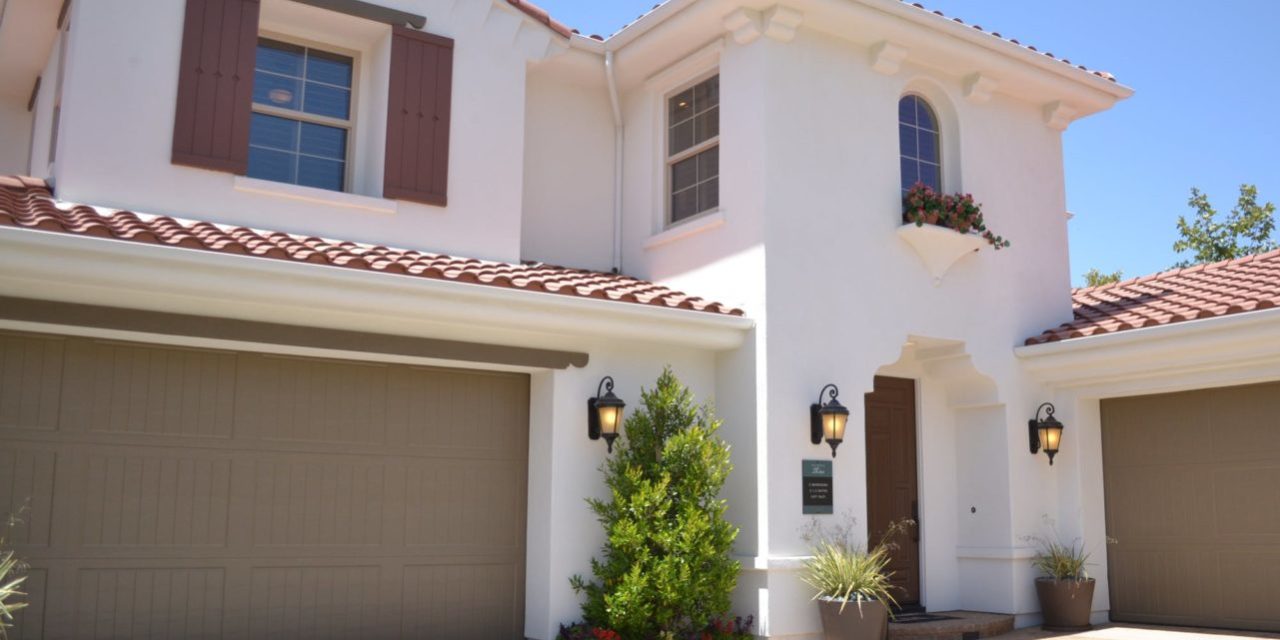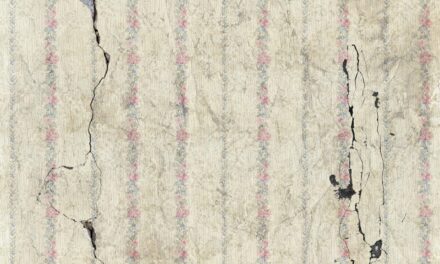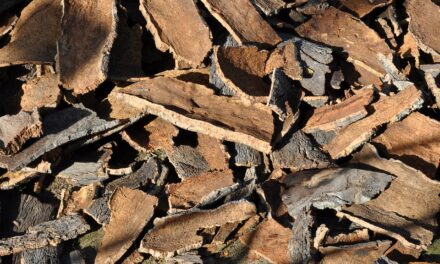Cork is a versatile, natural material that is suitable for all sorts of inventive applications. Of course, you’ll find it in wine stoppers. However, it can also be used to produce paper, sporting equipment, cosmetics, and cinema special effects. NASA has used cork for decades to protect heat shields on spacecraft. Clearly, it’s an exceptionally durable and energy-efficient material. Now, thanks to exterior cork spray insulation, you can harness the power of cork for your own eco-friendly home or business.
The Disadvantages of Fiberglass Insulation
Since the 1930s, pink batts of fiberglass insulation have been the go-to insulation of choice for American homebuilders. Unfortunately, there are many disadvantages to using fiberglass. First, it’s a low-density material, which means it’s prone to air leaks. Second, it’s hard to make it fit into unusually shaped crevices. It’s also extremely vulnerable to moisture. When fiberglass insulation becomes wet, it loses all of its R-value, or its insulating properties. And of course, wet fiberglass invites toxic mold into the home. Furthermore, fiberglass isn’t an environmentally friendly building material.
The Application of Exterior Cork Spray Insulation
Exterior cork spray insulation is an ideal alternative to old-fashioned fiberglass batts. A contractor can spray it directly onto the wall surface. One unique characteristic of cork is that it contains micro-suction cups. These enable it to securely stick to virtually any building surface, including vinyl siding and stucco.
ThermaShield’s proprietary blend of cork and resin is excellent for exterior applications. This is because it retains its insulating properties, even with minimal thickness. In fact, contractors have applied this product with thickness levels ranging from one to three millimeters. Even with the thinnest of applications, ThermaShield’s exterior cork spray insulation retains its optimum insulating properties.
Another benefit is the aesthetic quality of sprayed cork. Unlike those ugly pink batts of fiberglass insulation, sprayed cork is a building material you’ll want to show off. It’s available in a range of colors to match your preferred color scheme and décor. Custom colors are also available.
The Cellular Structure of Cork
Sprayed cork is a better insulator than traditional options due to its unique cellular structure. Cork is composed of organic foam tissue that features small, closed cells that lack intercellular voids and are arranged in a honeycomb fashion. The dimensions of the cells are smaller than those of synthetic foam insulators. As a result, cork has a higher density than synthetic foams.
Thanks to the unique cellular structure of cork, it boasts a very low solid mass volume fraction—only about 10%. This means the rate of heat transfer is exceptionally low. In other words, cork is a poor conductor of heat. In addition, because the cells are quite small and completely closed off, cork eliminates the potential for convection and significantly reduces radiation. The application of exterior spray cork insulation onto your home or office building will mean that you can look forward to significantly reduced utility bills.
Spotlight on Suberin
Suberin is a complex polyester biopolymer that contains long chain fatty acids, or suberin acids. Cork in particular has a high concentration of waxy, waterproof suberin within its cellular structure. This is significant because suberin lends an impressive degree of thermal stability to the material.
This means that buildings protected with exterior cork spray insulation are free from the adverse effects of sudden changes in temperature. Buildings with ThermaShield’s proprietary blend of cork can better maintain a constant interior temperature despite fluctuations in the external environment, even with only the minimal application thickness.
The Smart Way to Fill in Cracks and Gaps
Unlike other insulating materials, exterior cork spray insulation is flexible enough to completely fill in cracks and gaps. When sprayed cork is applied, it creates a breathable “skin” on the home that seals out moisture and improves energy efficiency. By sealing in the cracks and gaps, cork spray is able to eliminate air leakage in all the nooks and crannies of the building.
The Perks of Environmentally Sustainable Insulation
If you’re looking for a cutting-edge method of improving the energy efficiency of your home, there’s a good chance that you want to do more than just lower your heating and cooling costs. You may also be concerned about your carbon footprint—or the ways in which your daily living activities are contributing to climate change. Boosting your home’s energy efficiency is just one way that you can reduce your impact on the environment. After all, other insulators can also improve energy efficiency. But unlike cork, these insulators aren’t typically naturally sourced and minimally processed.
Cork spray insulation has the distinction of being sourced in an environmentally friendly and sustainable fashion. That’s because it’s harvested from the cork oak tree, which is native to the Mediterranean region of Europe. Cork is essentially the bark of this tree. It evolved to protect the tree from temperature fluctuations and extreme weather.
Cork is a sustainable product because the harvesting process does not involve cutting down any trees. In fact, the production of cork never kills or otherwise harms any trees. Cork harvesters take care of these trees so that harvesting can take place again in eight to nine years. A well-tended cork oak tree is capable of living for more than 200 years! During that time, the tree continues to release oxygen into the environment, helping to mitigate climate change.
Get in Touch with ThermaShield
Here at ThermaShield, it’s our mission to help our customers minimize their impact on the environment. This helps to preserve the ecosystem, as well as the health and quality of life of future generations. We offer ThermaShield anywhere in the United States. We also provide application services in select areas of Texas, Arizona, and California. When you’re ready to take the next step toward a more energy-efficient home or business, call our team at (520) 600-8722 to see if you are eligible for a no-obligation estimate.






Recent Comments